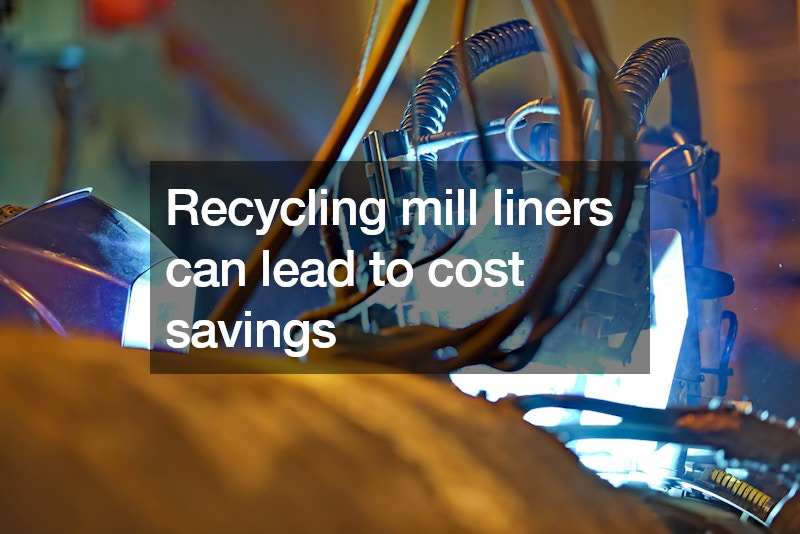Mill lining recycling is an emerging practice in the mining and mineral processing industries, aimed at reducing environmental impact and promoting sustainability. Given the constant wear and tear that mill liners endure, regular replacement is necessary, leading to the generation of substantial waste. Recycling these worn-out liners offers a sustainable solution, aligning with the industry’s growing commitment to environmental responsibility.
One of the primary benefits of mill lining recycling is the conservation of raw materials. Traditional mill liners are often made from high-quality materials like rubber, metal, and composites, which can be reclaimed and reused.
By recycling these materials, the need for new raw materials is reduced, lowering the environmental footprint of mining operations. Additionally, recycling processes can recover valuable metals, which can be reintegrated into the production of new liners or other industrial applications.

Implementing mill lining solutions that facilitate recycling can significantly enhance the sustainability of mining operations. For instance, some companies now offer mill lining solutions designed with recycling in mind, using materials and designs that simplify the recycling process. These innovative solutions not only protect the mill and enhance grinding efficiency but also ensure that the materials can be easily reclaimed and reused at the end of their lifecycle.
Furthermore, recycling mill liners can lead to cost savings. Reclaimed materials are often less expensive than newly sourced ones, and the recycling process can reduce waste disposal costs. Companies that adopt these sustainable practices can also enhance their corporate image, demonstrating a commitment to environmental stewardship.

